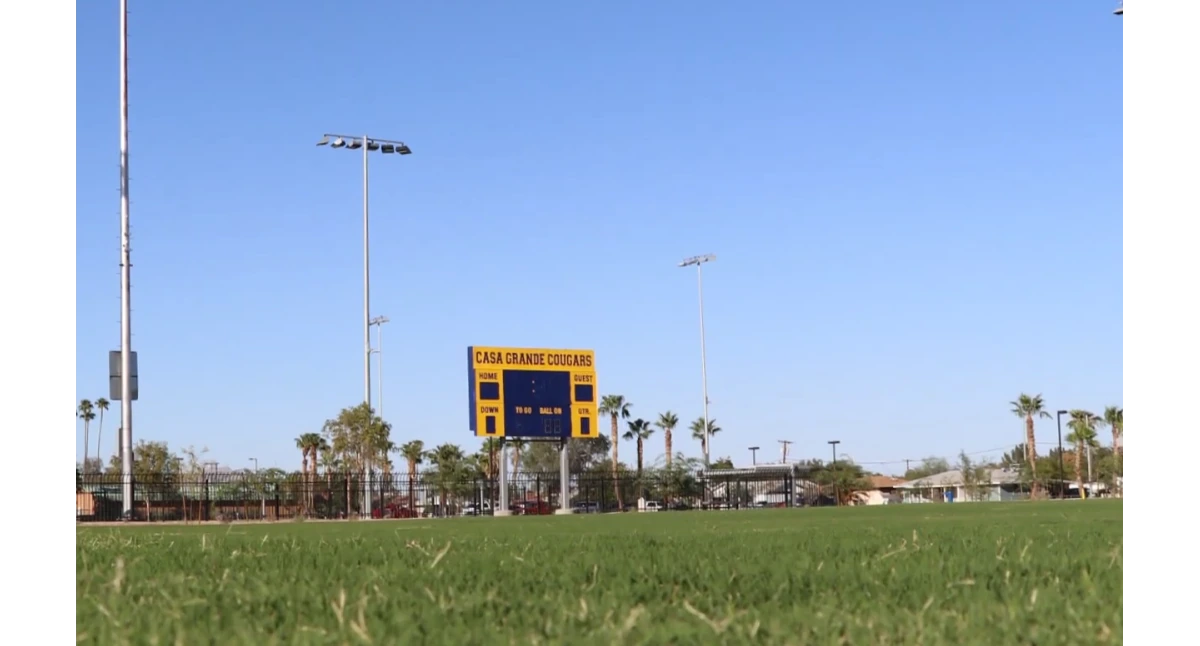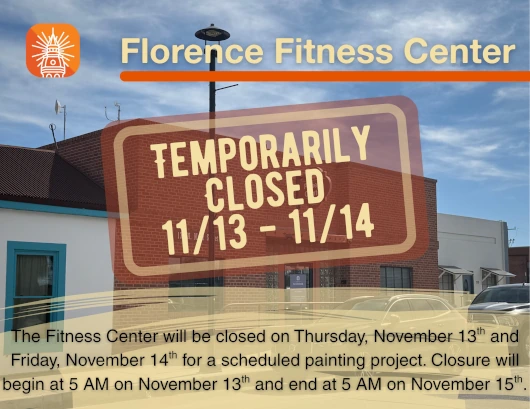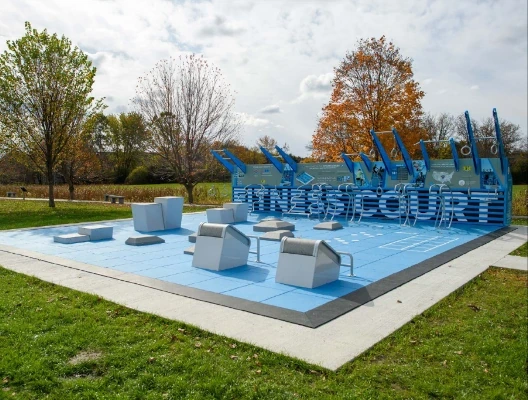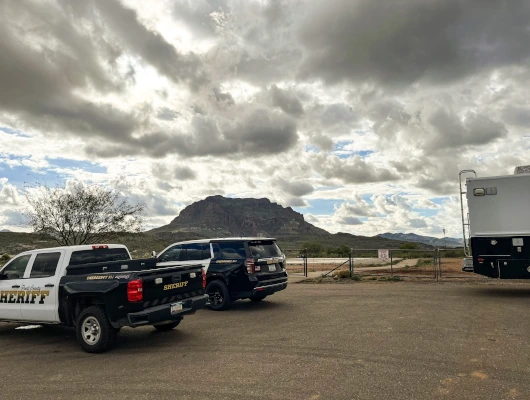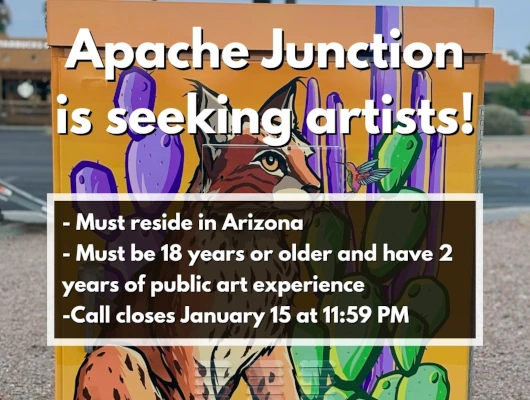The Casa Grande City Council unanimously approved a $164,492.50 contract with RCI Property Enterprises, LLC to complete field improvements at Carr McNatt Park during their July 21 meeting.
Project Overview
The Carr McNatt Field Improvement Project aims to eliminate the low-lying areas between Fields One, Two, and Three. The comprehensive scope includes removing existing sod from problematic areas, filling depressions with plaster sand, planting new TifWay 419 sod, re-grading the multi-use turf fields, and adjusting the irrigation system.
Deputy Community Services Director Aaron Walter explained that this project will enable park staff to establish playing areas in multiple orientations, providing essential flexibility for maintaining natural grass fields as it helps prevent overuse and damage in specific zones.
“By periodically shifting the layout of the fields, high traffic areas can be relocated which distributes wear and tear more evenly,” Walter told the council. “This approach promotes recovery in overused sections and helps maintain a safer, more playable surface.”
Expanding Playing Space
The project will convert 26,200 square feet of currently unusable grass space between fields into active playing areas. Walter noted this represents approximately half a football field worth of additional space.
“This project will convert that so it can now be used for playing space,” Walter said. “That gives our park staff the flexibility to do these options as we get rental requests per season to shift the field play on this blank canvas to essentially best maximize the field space and eliminate overuse in specific areas.”
Impact on Field Reservations and Team Activities
The construction will challenge the city’s field allocation system. Walter explained that the recreation division has moved to an allocation process over the past 12 months that has successfully met all field demands to date and improved communication with teams.
During construction, the recreation division will reduce its field usage for fall practices from five fields last year to three fields this year, running from September through November.
“They’re gonna kind of become a little more efficient in their space,” Walter said.
Community Services Director Daniel Gallegos outlined potential backup plans for accommodating displaced teams. The city has identified alternative locations, including Mountain View as a possible site where they might install additional soccer goals and line fields for practices.
“We have plan B for those extra requests,” Gallegos told the council. “When somebody says, ‘No, we don’t have Carr McNatt but we can put you at Mountain View,’ that type of thing.”
The city will also look at utilizing green space throughout the park system, especially for the youngest players, particularly ages five to six, who finish practice before field lighting is needed.
Bidding Process and Contract Award
City staff prepared and advertised Notice of Bid Solicitation No. IFB 1029-25-CG and received three responses. After evaluating submitted bid prices, terms, and specifications, officials identified RCI Property Enterprises, LLC as the lowest responsive bidder meeting all requirements.
The project cost of $164,492.50 falls well within the approved Capital Improvement Project budget of $250,000.
The council unanimously approved Resolution 5789 authorizing the contract.
Project Timeline
City staff anticipates that work could begin by mid-August or September, pending issuance of the Notice to Proceed. Under the contract terms, work must begin within 30 days of the Notice to Proceed, with substantial completion required within 90 days, followed by a 90-day turf establishment period.
Walter confirmed the fields should be ready for use by January 1st or mid-January for the spring season of outdoor activities. The city plans to post signs at the park informing users of the construction timeline and field availability.
The city has maintained ongoing communication with sports teams about the construction schedule, as officials have already relocated some teams to different fields in preparation for the project.
The project represents Casa Grande’s continued investment in recreational infrastructure as the city experiences growing demand for park facilities and programs. Officials acknowledge that managing space allocation remains their biggest operational challenge as more residents utilize city recreational services.
